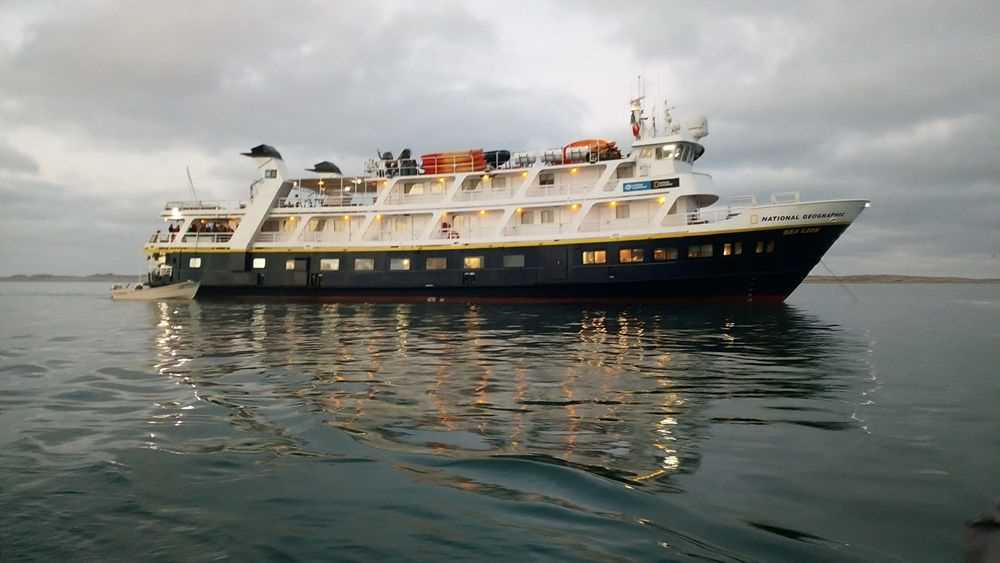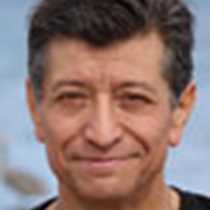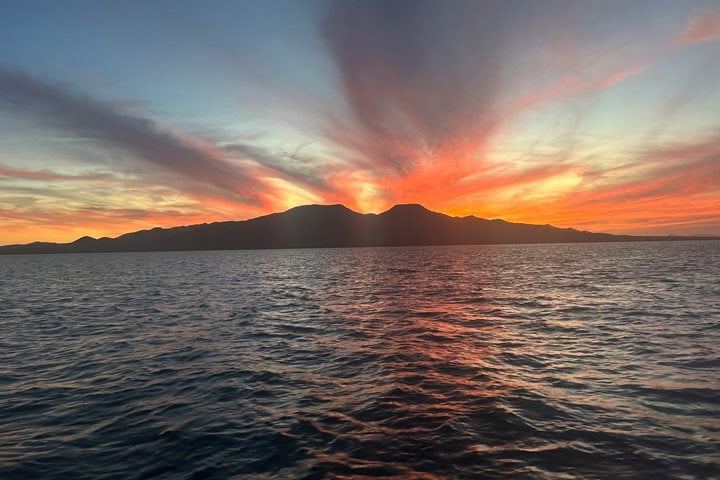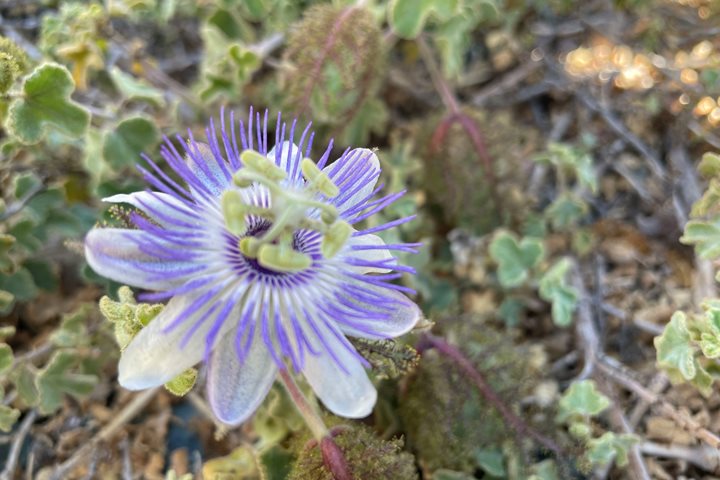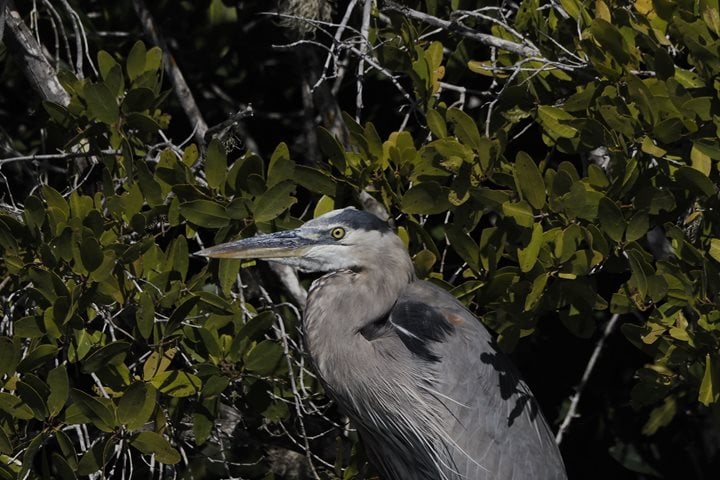Today we had our last opportunity to do whale watching on Boca de la Soledad for gray whales, but it happened to be early in the morning. At 6:30 a.m. we heard the gentle voice of expedition leader Larry Prusin to wake up to the first group of adventures. We all had the chance to follow and photograph mothers, calves, and singles in very calm waters during the morning. When we leave our gray whales, we traveled back the Hull Canal looking for the variety of birds and colors of the background, with the sand dunes, the mangroves and the cloudy skies.
Our final stop today was at El Barril, a huge lagoon surrounded by mangroves in high tides that allows for all kinds of aquatic activities like kayaking, stand-up paddleboarding, and natural history cruising along the mangroves.
A wonderful way to end our trip to the whales of the Magdalena Bay.

